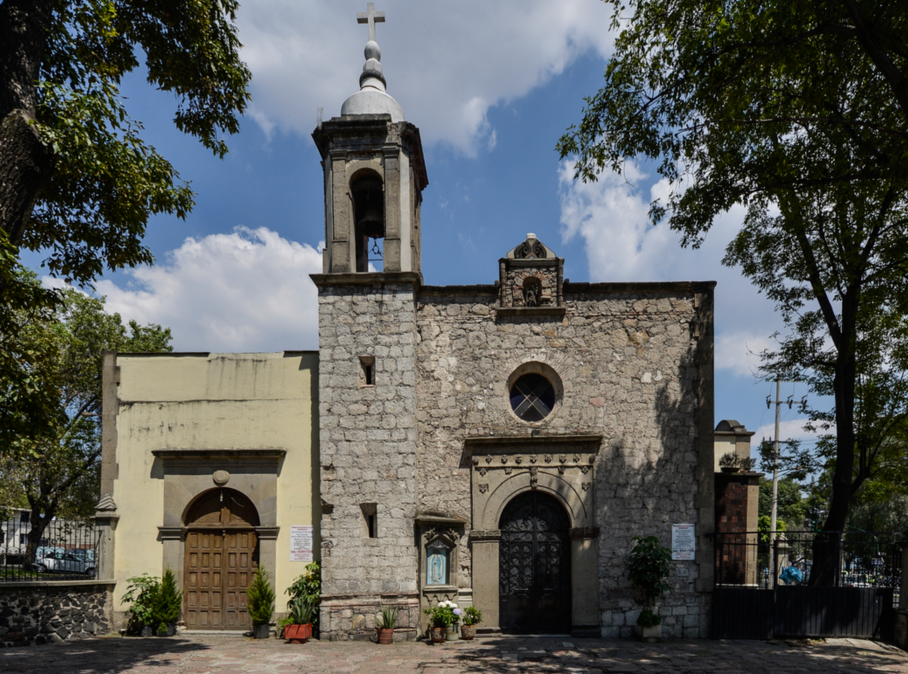
The San Salvador de las Flores Xochimanca church is among the most forlorn temples in the north of Mexico City. While today the colonia is called Plutarco Elías Calles, it’s very much smack on the border between Miguel Hidalgo and Azcapotzalco. The church is in the former, its parish, i.e.; the neighborhood of the same name, is in the latter. And as a parish, it has very few residential streets. Most of the neighborhood is industrial.
To the south, perhaps even more alienating, stretches the giant IPN “Casco de Santo Tomás” campus. The development of the school here probably did more to obscure the town’s earlier history.
As an old chapel, the building was meant to serve the people of Xochimanque. The Nahuatl name, meaning “those who arrange flowers,” refers to the areas long history of floral artisans. Prior to European colonization, the town was one of the more far-flung parts of Tlatelolco. The ancient patron goddess was Coatlicue or Coatlan Tona, and the island was connected to Tacuba and, further, ancient Azcapotzalco via the ancient Nonoalco Causeway.
Part of the façade are believed to date from the 16th century, although the year 1634 is carved on the entranceway arch. This likely refers to an important later remodeling. The stained glass oculus is from the 20th century. At the top of the façade is a small sculpture of San Cristóbal in a niche.
On the inside, the ceiling, the floors, and the sacristy date from a 1950 remodeling. The altarpieces and ecclesiastical furnishings are also from this period.
Perhaps most interesting, is the entranceway arch which is very old. This is carved with flowers and small birds in stone and is believed to have been created by local indigenous craftspeople. This refers to the ancient industry of San Salvador de las Flores.
 +525553417315
+525553417315
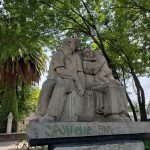
Nearest at 0.06 kms.
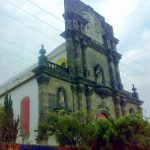
Nearest at 0.53 kms.

Nearest at 0.73 kms.
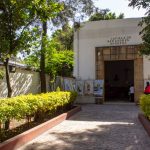
One of Azcapotzalco's nearly lost original settlements . . .
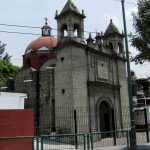
One of Azcapotzalco's ancient neighborhoods is remembered in a stone chapel.
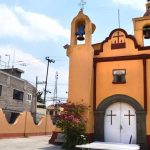
The chapel dedicated to San Andrés Apóstol dates from the 17th century.

The ancient neighborhood was sacred to the Tepanec people, the chief rivals to the Mexica of Tenochtitlan.
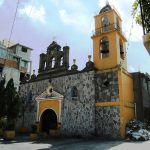
A crooked town center to one of Azcapotzalco's oldest settlements...